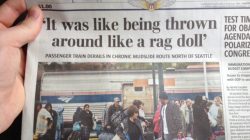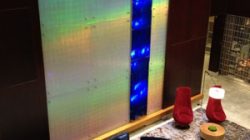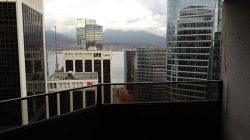When I wrote this, I was sitting on the return train from Vancouver, BC, to Seattle, contemplating the benefits of riding Amtrak vis-à-vis flying. Despite some of the conveniences, I think I still have to go with air travel—or even a car. The train gives you room to spread out, and its employees are beyond doubt some of the friendliest I’ve ever encountered, but in nearly every other respect Amtrak falls short.
Megan and I booked a round trip on Amtrak’s Cascade line to Vancouver back in March before the Guest Rewards award chart was devalued. At the time of booking, a coach class ticket could be had for 1,000 points and a business class ticket for 1,500 points in each direction. Now they cost 1,500 and 2,000 points, respectively. We took the option for business class on the outbound, but only coach was available on the return. A similar trip paid for in cash would cost about $111 per person, but for 5,000 Ultimate Rewards points (transferred 1:1 almost instantly, and about $100 valued at 2 cents each) and no fees, we were on our way.
Sort of. You can’t reserve seats ahead of time on this route, and the directions are awfully vague about when you should show up to check-in. We were told to arrive by 20 minutes before departure. That turned out to be the final call for boarding, and the only two business class seats next to each other were a reverse-facing jump seat and an ADA seat, offset by about two feet.
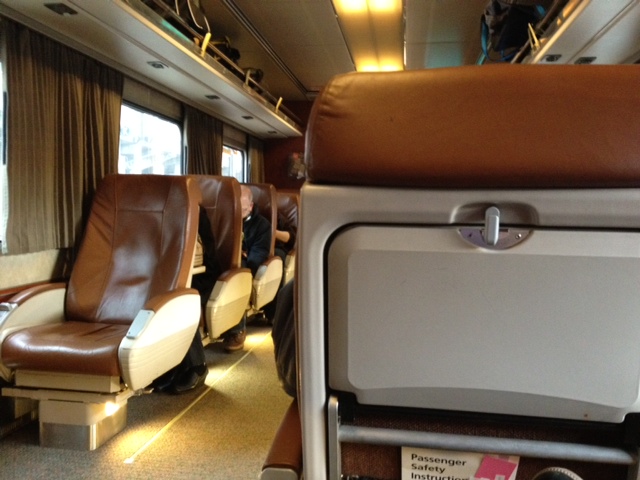
I have to comment at this point that despite all the other troubles Amtrak faces, its staff were exceptional. Check-in involved going up to a counter and presenting ID. The clerks knew exactly who we were because apparently all the boarding passes are printed in advance and there are few enough travelers that names are recognizable. This is especially true if you have an award ticket, as they sometimes go through the list and don’t print those on the assumption that you might change plans and not show up. Once the ticket is printed, getting the points refunded is more time-consuming, so they see it as a courtesy.
However, the archaic check-in system really hits you once you arrive at the station. You have to sign the ticket (I have no clue what purpose this serves) and then head to another line for seat assignments. Don’t get in line to check your bag. There is no reason to check a bag on Amtrak given that there is tons of space above seats and at the doors, plus there are no rules about liquids. Seat assignments are made by the conductor, who takes little stickers from a large sheet and affixing them to a random scrap of construction paper. Yeah, they clearly have this all planned for maximum efficiency.
The conductor in our car was a little off, making snarky comments to one passenger heading out for a smoke break that he “should quit smoking those cancer sticks” and similar conversation that, while true, are the sort of thing you usually expect employees not to make their business. Still, she was very friendly, offered to take our picture with the view out our window, and even rearranged some other passengers to get us those better seats after arriving at Everett. Other employees were similarly cheerful and helpful, but they largely kept to themselves between stations playing cards in the dining car.
My lab advisor recommended we book business class because of the extra space, priority passport control upon arrival, and a small credit for the dining car. It turned out we never got any vouchers (because we were on award tickets?), but I did find a $3 credit sitting in our new seats when we moved. Two coffees and a bag of M&Ms cost $6.50 before the credit. Priority at Vancouver was definitely useful given that we didn’t arrive until 11:30 at night (we spent 30 minutes meandering through a train yard at a snail’s pace).
But bigger seats? They were pretty old, and I’m pretty sure the brown color scheme is original from the 1970s. Thinking of an airplane, they were as big as United’s domestic first class but less comfortable than economy (more comfortable than pm-CO economy). Meh. We got there. Power outlets at every seat, big windows, and free Wi-Fi until we reached the border, when it completely died. The Wi-Fi barely worked on my laptop, but I was able to use it on my iPad. Download movies before you go because downloads are capped to files smaller than 10 MB. No Netflix streaming, ever.
The dining car (“Bistro Car” if you wish to play along with Amtrak’s charade) is basically a place where they dole out candy bars, sodas, weak coffee, and overpriced packaged or microwaved food. You can get a half bottle of wine for $14, but I would recommend you just bring your own. Heck, bring some wine glasses, too. Remember that the conductors are rarely passing through the cabins, and there’s no rule against bringing liquids on board. There’s tons of great stuff under $14 for a full bottle, like a Ravenswood Old Vine Zinfandel or a Cline Pinot Gris. But we did not plan ahead, and since wine is even more outrageously priced in Canada, we bought a Francis Ford Coppola merlot and a single-serving microwaved DiGiorno cheese pizza during our return trip for $20.
(Side thought: We passed on the Diamond food and beverage amenity during check-in at the Hyatt Regency Vancouver because the kitchen was closed, but we could have gotten it anyway just for the wine to drink on our return.)
On the return trip, we had a newer double-decker train in which the all-coach seats were actually more comfortable than our previous business class seats. We checked in an hour before, and again boarding was underway. But at least we were early enough that we got seats on the right side of the train next to the water (seaside is on the left the way up). Nearly everyone was sitting on the upper deck, which is the only level that connects between cars. Although the Wi-Fi was unavailable on the return trip because the train was so new and not yet equipped, this proved unimportant as I already had plenty of offline work to do—like write this trip report.
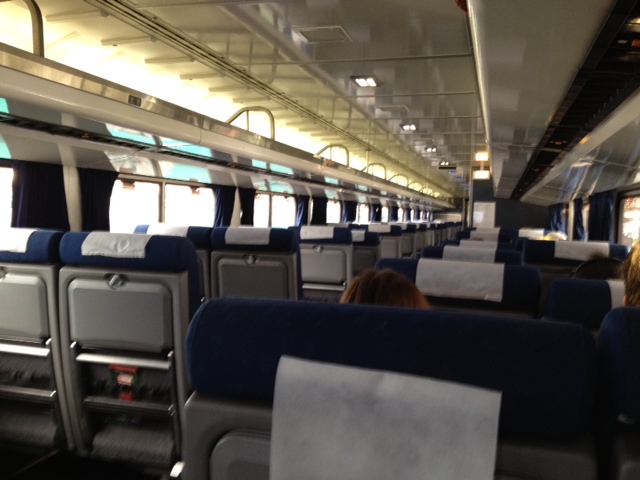
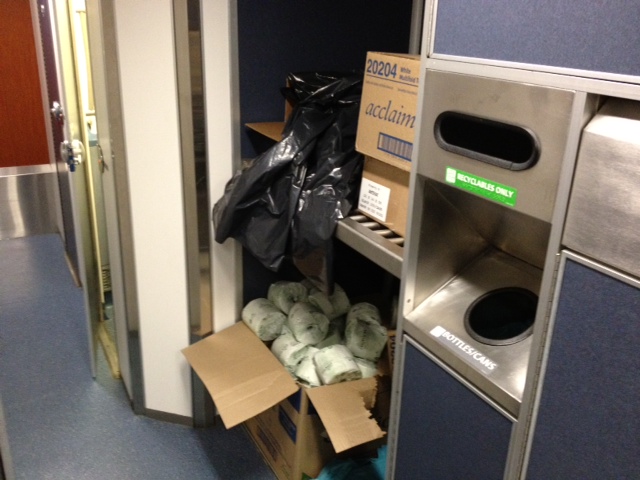
But you know what? The thing that bothers me the most is just how slow and inconvenient the train is. Yes, I can work during the journey, which means I’m actually productive for five hours instead of driving for three, but there were all these delays for oncoming trains while we waited on a side track or the incredibly slow final mile into Vancouver. And the whole time the train shakes like an airplane during heavy turbulence. I think that with elite status enabling me to whisk through most lines at an airport, it would still be faster to fly than to take the train, the regional jet would be more comfortable, I would get a free soda, and I could survive for the hour in the air without Wi-Fi. Not to mention the schedule sucks. For the return, I had to choose between a 6 AM departure arriving near noon or a 6 PM departure arriving near midnight. Neither is very attractive.
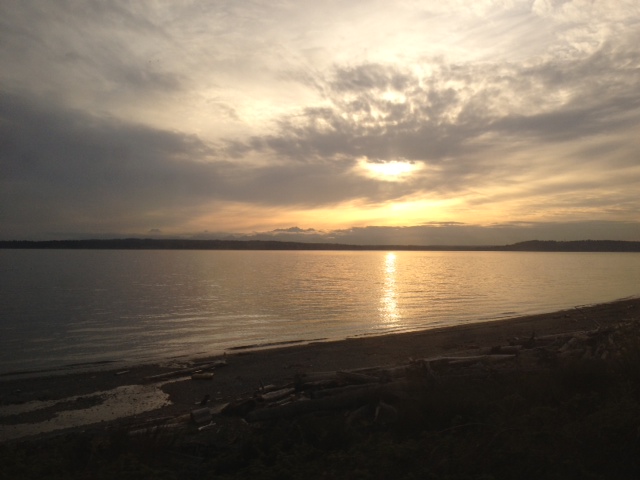
But we accomplished two things—three really. We took the train to Vancouver, which we’ve always wanted to try. We got great views of the water, including a portion that runs along the scenic Chuckanut Drive south of Bellingham, so now we can cross that off our list. And we found a new way to use our Ultimate Rewards points for an amazing deal, regardless of all the other flaws that Amtrak has. This may not be such a great deal for those of you on the East Coast, where Amtrak awards require many more points, but those fortunate enough to be on “special” routes can take a cheap weekend vacation.
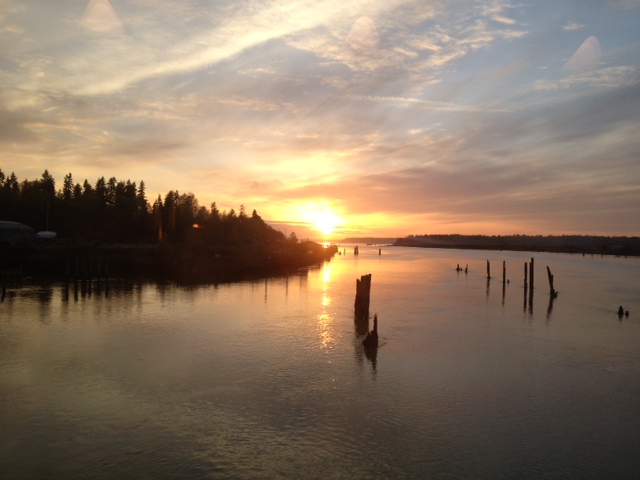
Anyway, my point is that you should try it. Once. If you don’t like it, you can say you’ve done it and be happy with that. But maybe you’ll find a new favorite way to get up and down the Pacific Northwest or your own preferred region of the country. Maybe one day Amtrak will shape up, get some trains that run at a decent speed, and modernize its operations. But for now, it’s nice to get the occasional unique experience.
Stay tuned for my review of the Hyatt Regency Vancouver, where we got upgraded to a Presidential Suite, as well as the places we saw and ate at during our stay.

